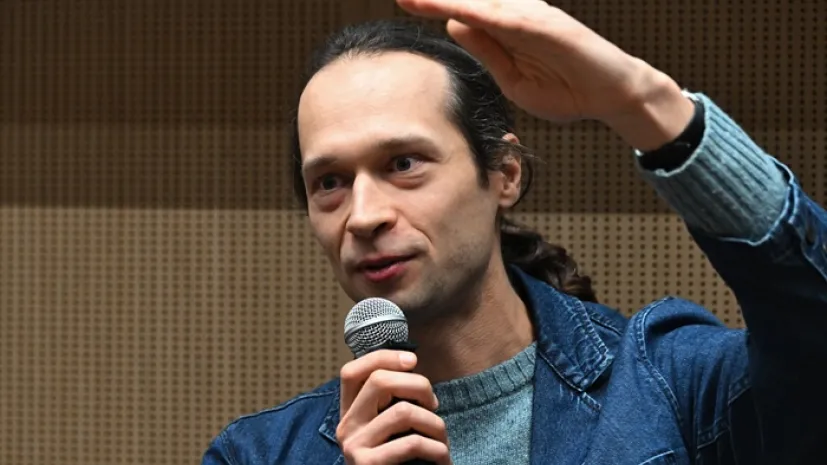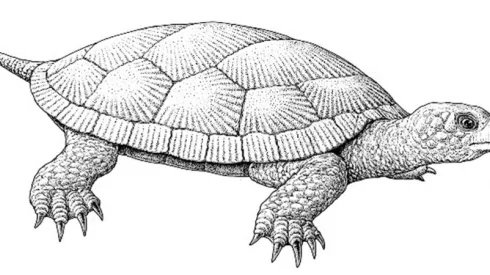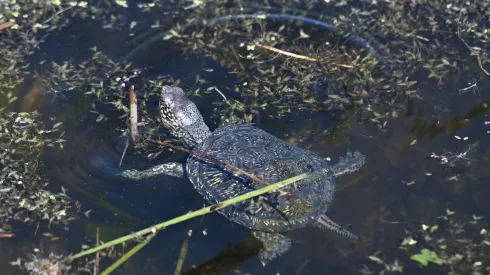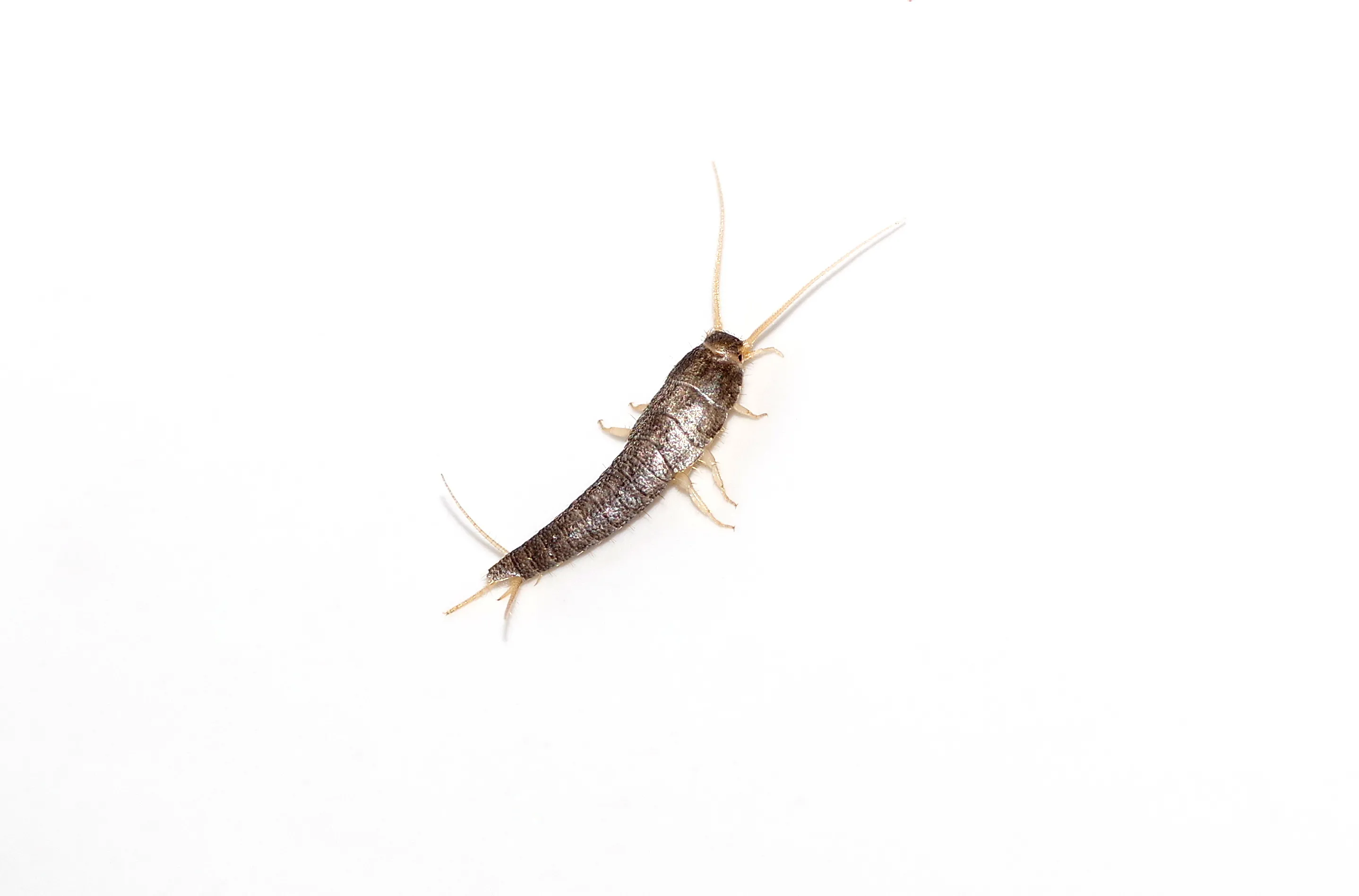
Medieval farming boosted bio-diversity in Germany, study finds
Agricultural reforms introduced in early medieval Europe sharply increased biodiversity in parts of Germany and pushed species richness to levels higher than before human settlement, according to a study published in PNAS. The findings challenge the assumption that agriculture has historically harmed ecosystems, co-author Professor Adam Izdebski said.
-

Ancient silverfish reveal primitive evolution and unusual mating, Polish entomologist says
Silverfish, often regarded as nuisance household insects, belong to one of the oldest evolutionary lineages on Earth, says Professor Stanisław Ignatowicz, an entomologist from the Warsaw University of Life Sciences.
-

Bears have better conditions for migration in Poland’s Carpathian mountains as forests are overgrowing farmland, study finds
Contemporary opportunities for brown bear migration in the Polish Carpathian Mountains are largely the result of long-term land-use changes, particularly forest expansion on former farmland, according to new research from the Jagiellonian University.
-

Wolves more afraid of human voices than of barking dogs, study finds
Wolves fear human voices more than barking dogs or bird calls, scientists say. On the Hel Peninsula, wolves have likely established the smallest known territory in Poland.
-

Fossil turtle Shells from Jurassic Poland record ancient ecological interactions, study finds
Scientists at the University of Warsaw have analysed unusual cavities preserved on the shells of sea turtles that lived 150 million years ago, concluding that the marks record ancient interactions with parasites, symbionts and predators.
-

Revolutionary detector could transform thermal imaging and gas detection
A detector that detects energy from near-infrared to thermal radiation at room temperature has been developed by Chinese researchers working with physicists from the Military University of Technology in Warsaw.
-

Polish scientists develop method for removing microorganisms with cold plasma
A method for reducing the risk of infections in humans and animals by removing dangerous microorganisms from flat surfaces with cold plasma, has ben developed and patented by scientists from the University of Gdańsk, the Medical University of Gdańsk, and the Wrocław University of Science and Technology.
-

New open-access database catalogues 300 turtle specimens spanning 215 million years
Information on nearly 300 turtle specimens living in Poland and Czechia from approximately 215 million years ago to the present has been compiled in a database created by scientists from the Institute of Paleobiology at the Polish Academy of Sciences.
-

Polish researchers working to cultivate ‘homegrown ginger’ to replace Asian imports
Scientists in Poland are working to develop a homegrown Polish variety of ginger that could be cultivated in drought-affected regions and on farms currently growing crops such as corn and potatoes.
-

Two-headed worms discovered by Polish scientists
Scientists at the University of Warsaw have discovered flatworms that spontaneously develop a second, fully formed head where a tail should have been, a phenomenon previously unknown in the animal kingdom. Despite the anomaly, the two-headed worms were able to feed and move, though movement was clumsy, researchers said.













